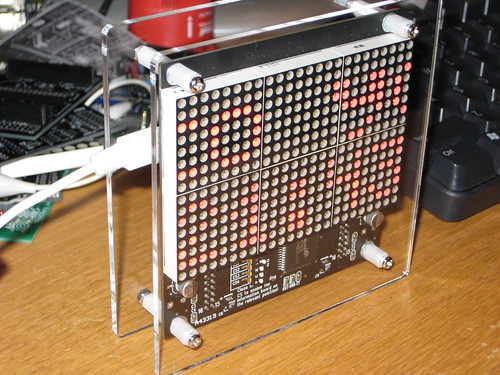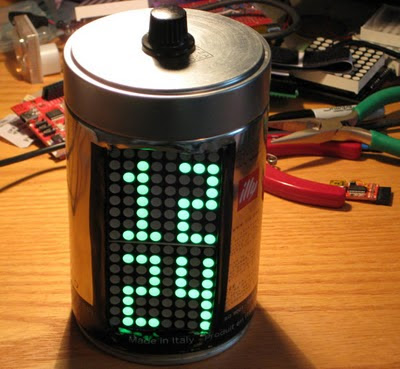When Sure Electronics released their green version of the 16x24 LED display, I was surprised to notice that this display was not compatible with the red one. One could not just unplug the red display and replace it with the green one and expect it to work. I found out about this the hard way. After a bit of confusion (I thought that my green display was defective), it was pointed out to me that the datasheets for the two displays are different. It took a little effort to accommodate the green display in the Wise Clock 2 software. Essentially, I had to adapt the function ht1632_plot to work with the new display.
The datasheets (red here, green here) do not explain this mapping very clearly. I thought my drawings may bring some better understanding to others as well.

































